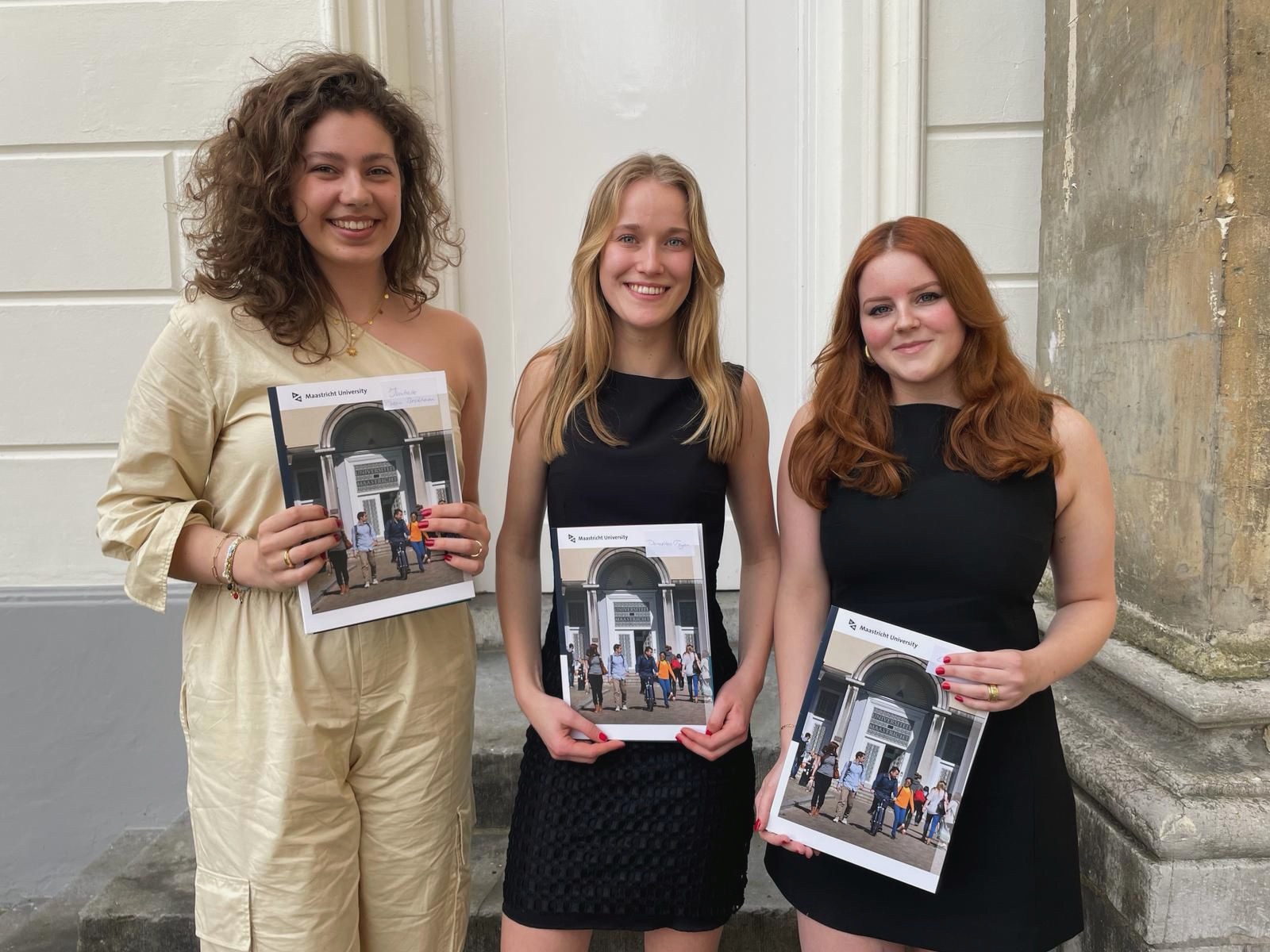Healthiest university building is in Maastricht
After months of specialist measurements in and around the building, we still had to wait for the extensive quality control of the International WELL Building Institute and Green Business Certification Inc.. But now it is official: Maastricht University meets the WELL Building Standard with its Tapijn location, also known as the former military barracks. It is the first time that a European university building has achieved this high standard.
To ensure a healthy and comfortable work environment, Maastricht University, supported by our Faculty of Health, Medicine and Life Sciences (FHML), used the WELL Building Standard in the redevelopment of the Tapijnkazerne.
The WELL Building Standard is the result of ten years of medical research and specifies around 100 requirements across nine categories: Air, Water, Nourishment, Light, Movement, Comfort, Materials, Mind and Community. A WELL-certified project demonstrably contributes to the health, productivity and happiness of the users of a building.
Sustainable UM 2030
“As part of our Sustainable UM 2030 strategy, Maastricht University is doing everything in its power to be as sustainable as possible, whether it concerns education, research or business operations,” says Nick Bos, vice-president of the UM Executive Board. “In the redevelopment of the Tapijnkazerne, all three aspects come together to make UM more sustainable, especially with a view to the well-being of the members of our community.”

“Students learning in healthy environments is a massive priority for IWBI,” said Rachel Hodgdon, President & CEO, IWBI. “Maastricht University's commitment to health and well-being through WELL Certification will ensure students and staff can work and learn in people-first places.”
Click here for information about WellBuilding on Tapijn
Visit the website of the Well Building institute
Sustainable redevelopment of Tapijn
Professor Wouter van Marken Lichtenbelt, known for his research into the influence of temperature changes on human metabolism, views it as a positive development that UM is committed to people-oriented sustainability. He sees an opportunity for the Tapijn barracks as a living lab for sustainability research. Ideas developed within UM can be applied and tested within the WELL Building Standard and thus serve a wider interest.
Tapijnkazerne - Shula Mensah shows you around
Healthy buildings
Professor Nils Kok, an expert in sustainable real estate, is also enthusiastic: “Our recent research into the effects of indoor climate on health and productivity, including in homes, offices and schools, clearly shows that healthy buildings lead to better results. Students and researchers benefit greatly from a 'healthy' learning and working environment. Integrating well-being and health into the development of the Tapijnkazerne endorses the importance of sustainability and health for Maastricht University and puts home-made academic research directly into practice.”
Maastricht city council's zero emission logistics ambition
Also read
-
The Honours programme is an extracurricular activity for bachelor’s students in year 2 and 3 to showcase their academic skills and teamwork in a real-life project. We talked to Emma van Straten, a Health Sciences student and Honours alumna who organised an international conference on Lama2 in...
-
It has come to the attention of Maastricht University’s Executive Board and Management Team via an anonymous email that six of the protesters who have been allowed to stay in the garden of the Faculty of Arts and Social Sciences (FASoS) have embarked on a hunger strike as of today until their...
-
Maastricht University has decided that some of the protesters at the Faculty of Arts and Social Sciences (FASoS) may remain present at night for the time being in the role of ‘observers’. The condition is that the protests remain non-violent and the agreements made by UM and the activists are kept.
T...

